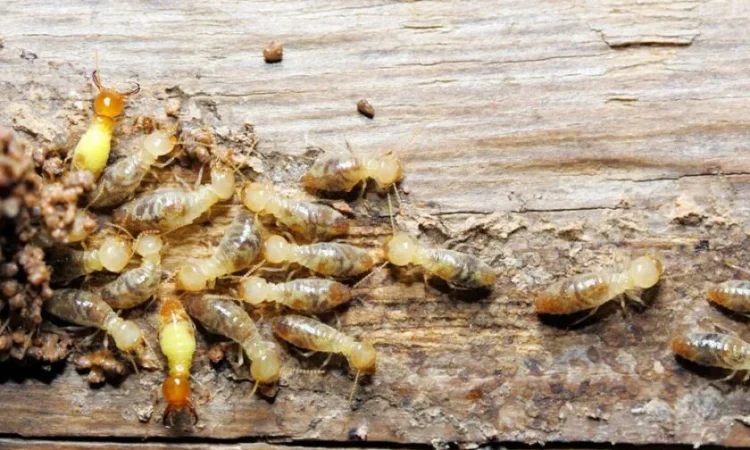
Termites, silent destroyers lurking beneath the surface, can cause significant damage to your property. These persistent insects feed on cellulose, a major component of wood, and can weaken the structural integrity of your home. If you suspect a termite infestation, taking swift action is crucial. This guide explores various termite treatment options and helps you choose the best approach.
Signs of a Termite Problem
Here are some telltale signs of a termite infestation:
- Mud tubes: Subterranean termites build mud tubes along foundations and exterior walls to travel between their nest and food source.
- Discarded wings: Swarmer termites, reproductive termites with wings, shed their wings after mating. Finding piles of discarded wings near windows or doors suggests an active infestation.
- Hollow-sounding wood: Tapping on hollow wood could indicate termite damage within.
- Door sticking: Warped doors or windows can signify structural damage caused by termites.
Common Termite Treatment Methods
Several pest control companies offer termite treatment solutions. Here’s a breakdown of the most common methods:
- Liquid Termite Treatment: This method involves applying a termiticide, a chemical solution that kills termites, to the soil around your home’s foundation and under the slab. It creates a barrier that deters and eliminates termites trying to enter your property.
- Termite Bait Stations: These stations contain a slow-acting bait that termites consume and share with their colony, ultimately leading to their demise. This method is eco-friendly and targets active infestations.
- Fumigation: This powerful treatment involves evacuating the premises and using a fumigant gas to eradicate all termites within the structure. It’s highly effective but requires extensive preparation and can be disruptive.
Choosing the Right Termite Treatment
The ideal treatment depends on the type of termite infestation, the severity of the damage, and your budget. Here are some factors to consider:
- Type of termite: Different termite species respond better to specific treatments. Consult a professional for accurate identification.
- The extent of infestation: A small, localized infestation might require a focused treatment like bait stations, while a widespread problem might necessitate liquid treatment or fumigation.
- Your property: Your home’s building materials and foundation type can influence the most suitable treatment method.
Importance of Professional Help
While DIY termite control products exist, seeking assistance from a licensed pest control professional is highly recommended. They possess the expertise to:
- Identify the type of termite: Accurate identification is crucial for choosing the most effective treatment.
- Develop a comprehensive treatment plan: Professionals tailor treatment plans based on the specific needs of your property and infestation.
- Safely handle termiticides: Most powerful chemicals require proper handling and application to ensure safety and effectiveness.
- Monitor for future activity: Regular inspections by a professional can help prevent future infestations.
Conclusion
Termite treatment is an investment in protecting your home’s structural integrity and value. By understanding the signs of infestation, different treatment methods, and the importance of professional help, you can make informed decisions to safeguard your property from these destructive insects. Early detection and prompt action are essential to successfully eliminating termites and preventing significant damage.



